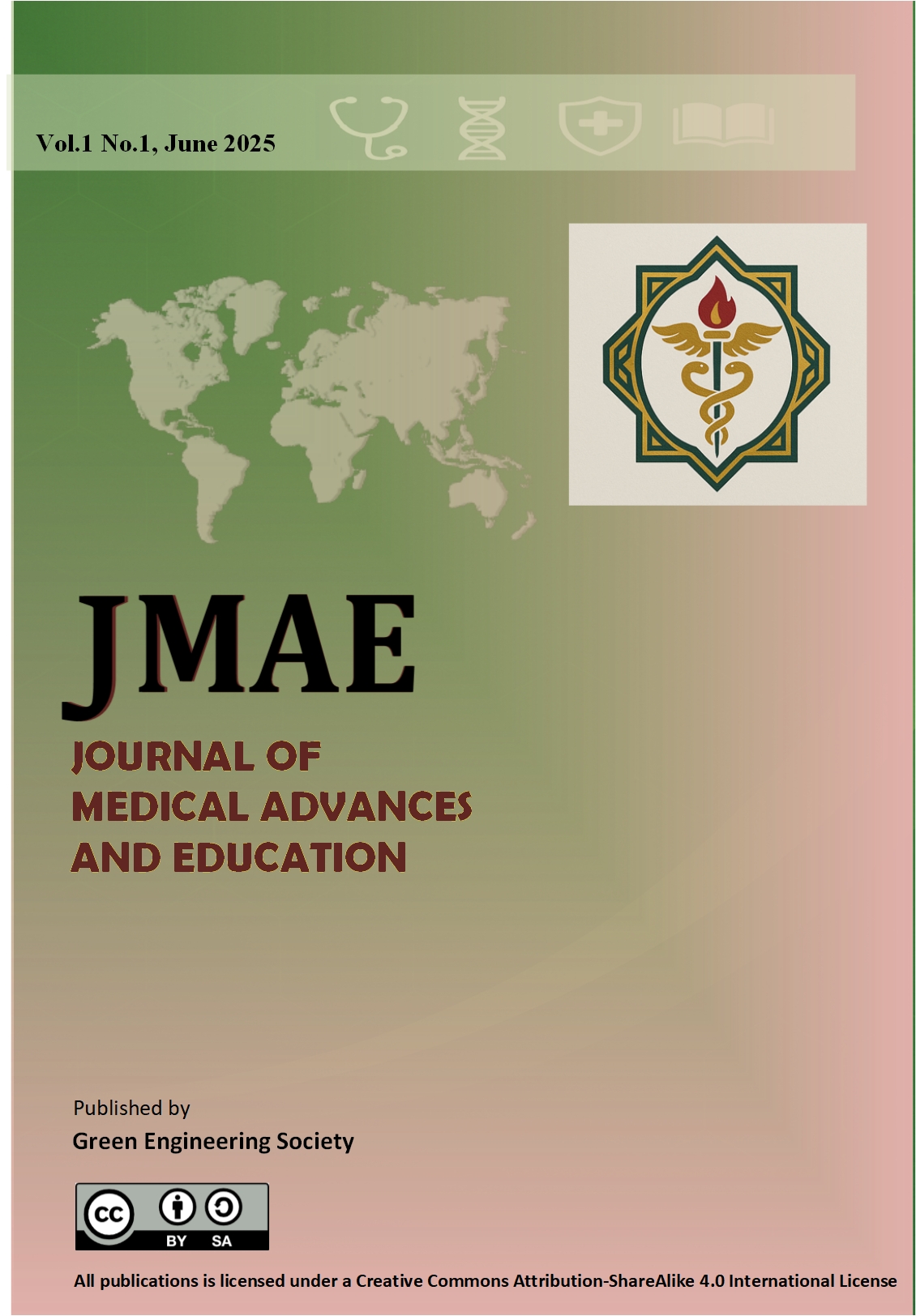The Potential of Biosilica Derived from Indonesian Marine Sponges as a Biomaterial in Bone Tissue Engineering Utilizing Mesenchymal Stem Cells
##plugins.themes.academic_pro.article.main##
Abstract
Indonesia is renowned for possessing the highest marine biodiversity globally, encompassing approximately 850 species of sea sponges, particularly within the Coral Triangle region, including areas such as Raja Ampat (West Papua), Wakatobi (Southeast Sulawesi), the Thousand Islands (Java), and Weh Island (Aceh). Numerous species from the Demospongiae and Hexactinellida families are known to produce natural silica skeletons, referred to as biosilica, which hold potential as biomaterials. Sea sponges, classified as simple invertebrate organisms within the phylum Porifera, inhabit marine environments. A distinctive biological characteristic of sponges is their capacity to form biogenic silica skeletons, termed biosilica, through the process of biomineralization. This biosilica is distinguished from synthetic silica by its hierarchical nanoscale structure and elevated bioactivity. Over the past two decades, biosilica derived from sea sponges has garnered increasing attention in the field of biomaterials, particularly for its potential applications in tissue engineering, with a focus on bone regeneration.

